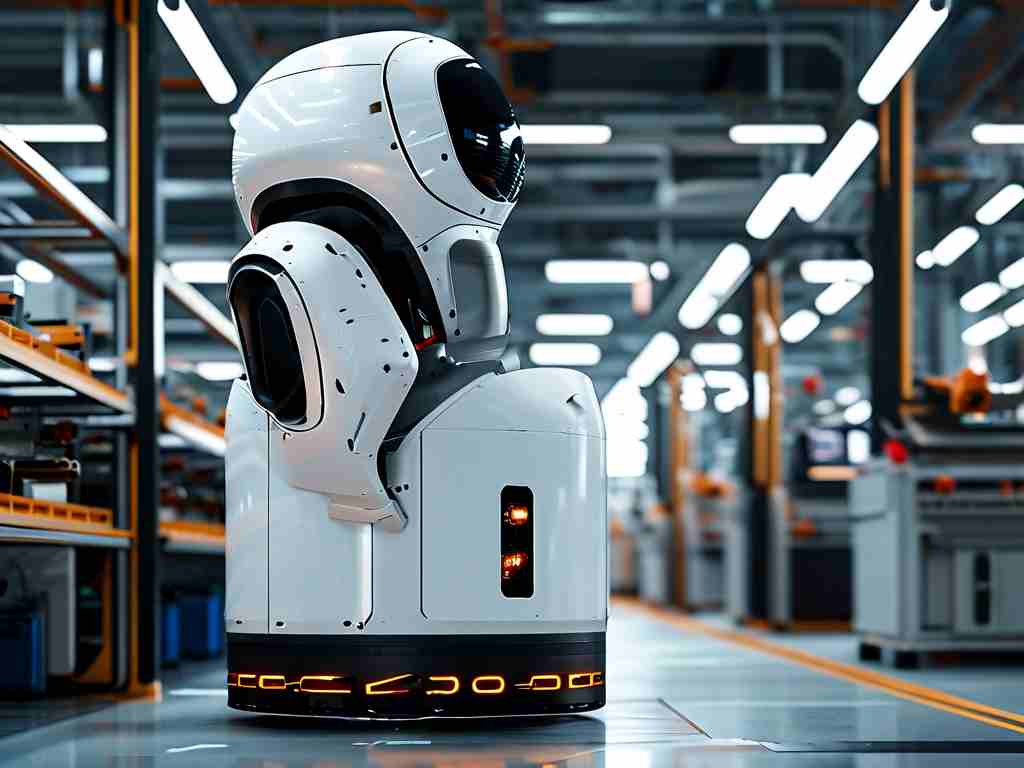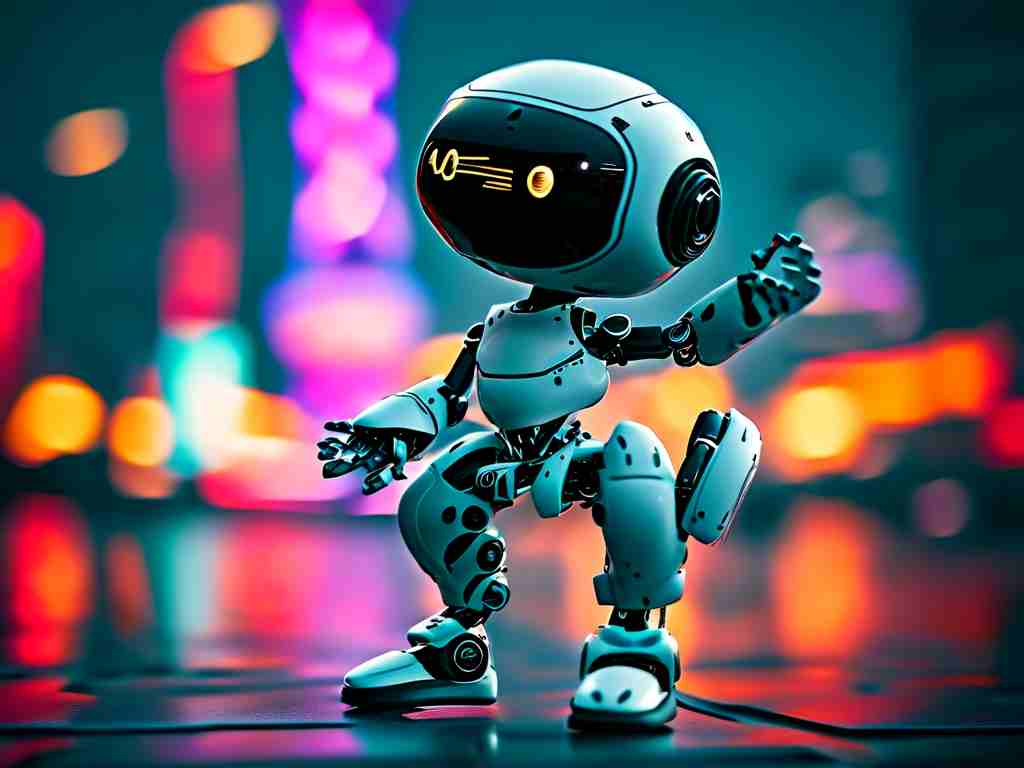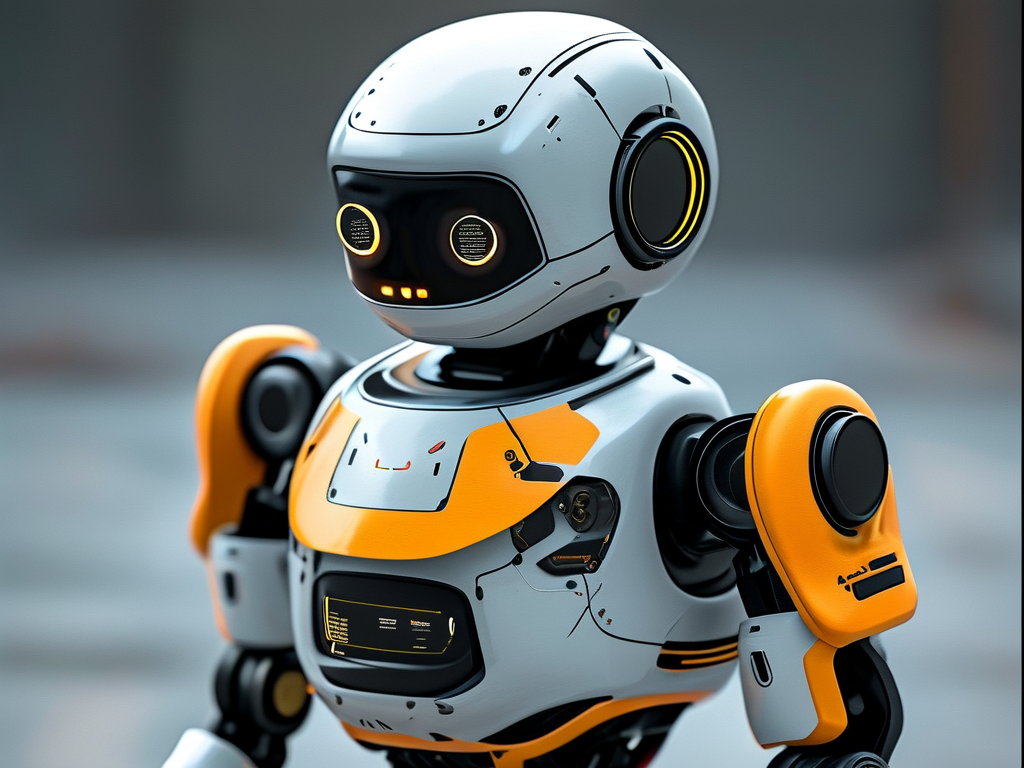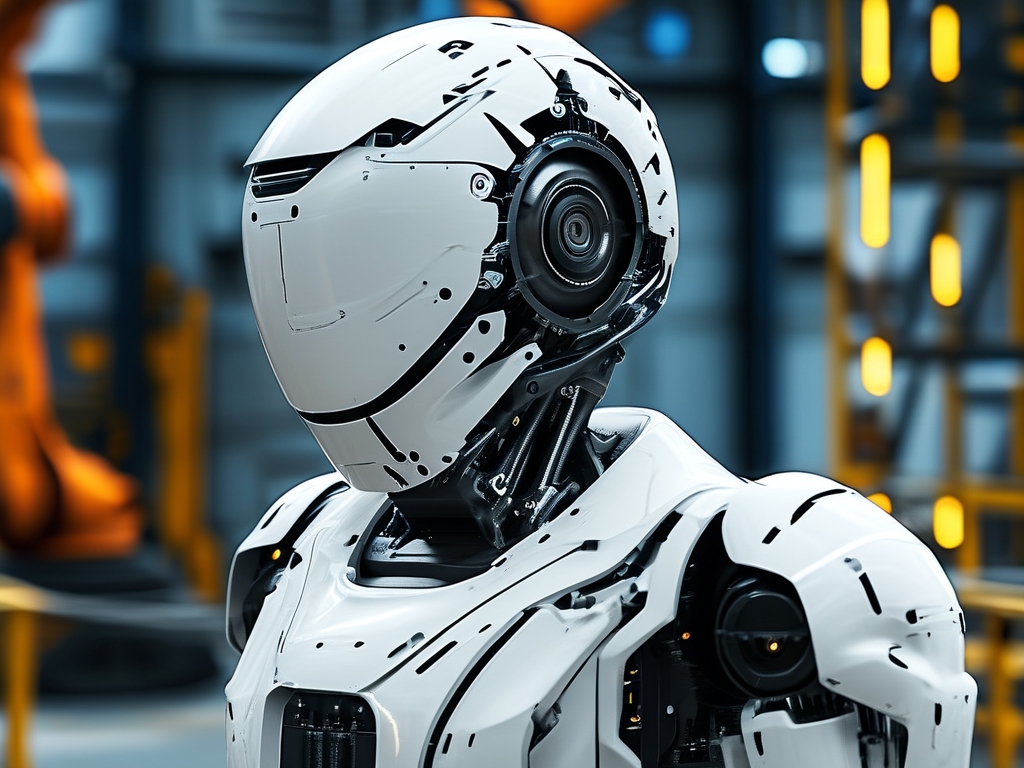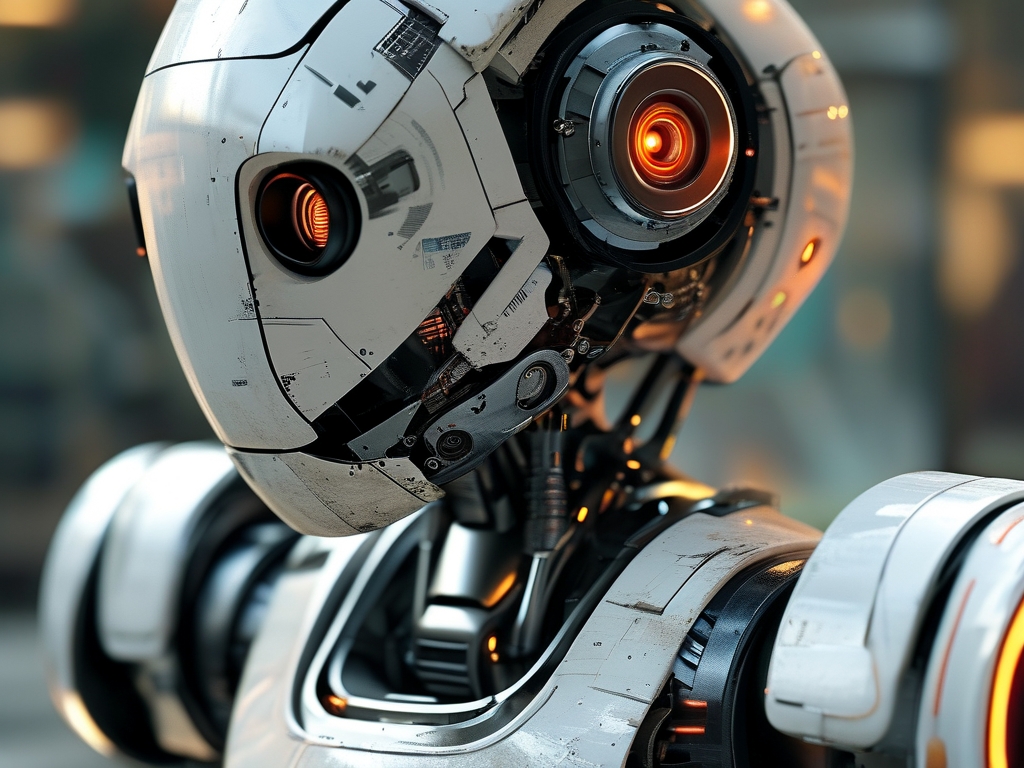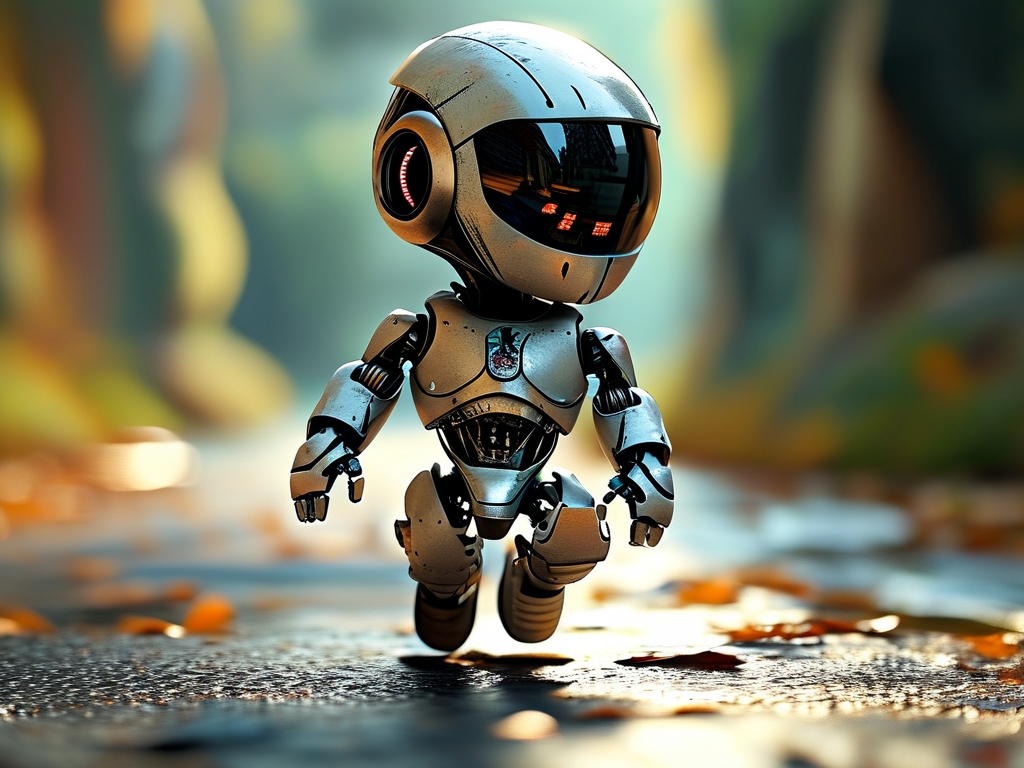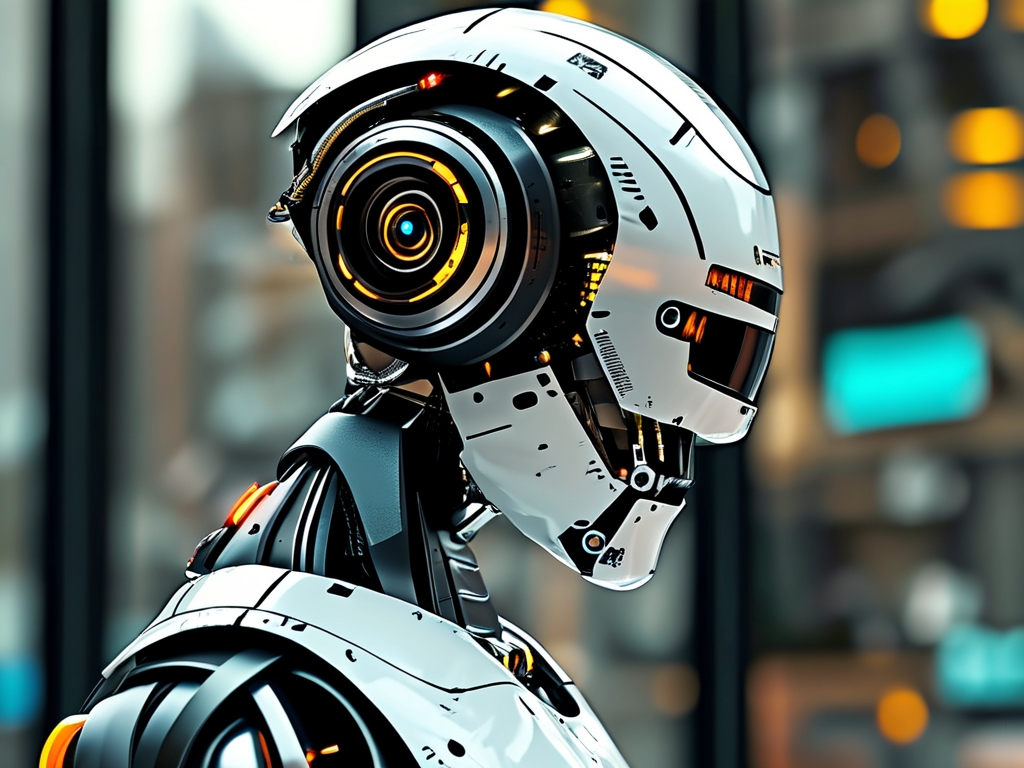The rapid evolution of humanoid robotics has sparked a global race to secure top-tier engineering talent. As companies push the boundaries of bipedal mobility, AI-driven decision-making, and human-machine interaction, the demand for visionary technical leaders has never been higher. This article explores the critical qualifications for a Humanoid Robotics Chief Engineer and examines how this role is reshaping the future of automation.
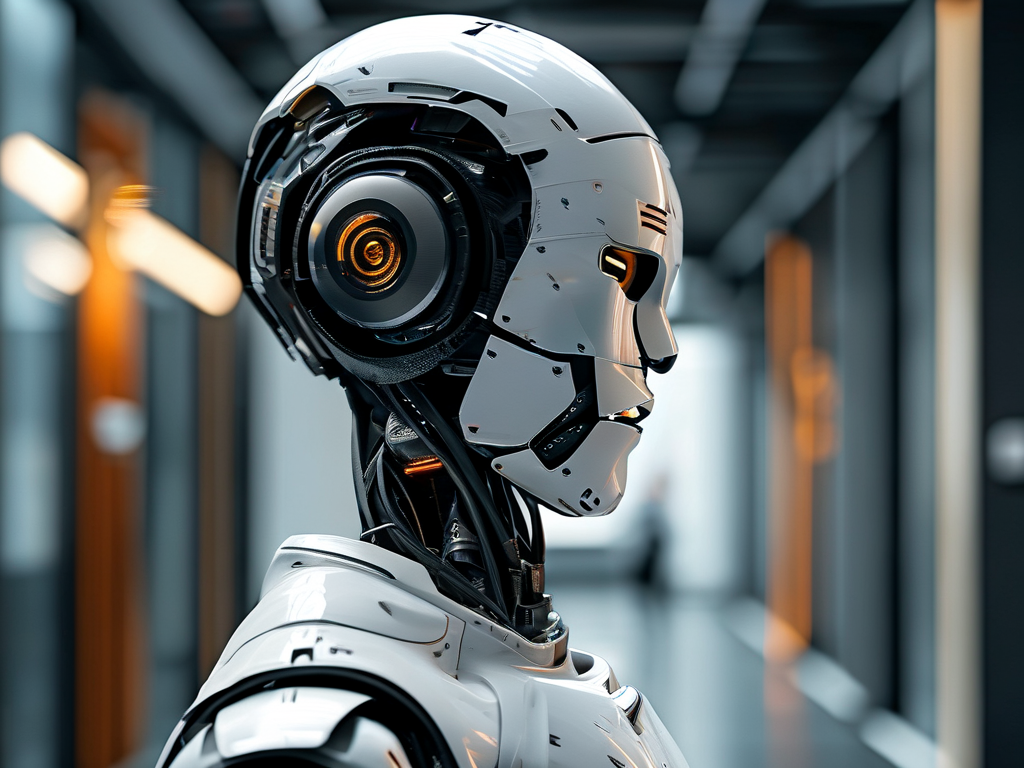
The Strategic Importance of the Role
A Humanoid Robotics Chief Engineer serves as the architectural backbone of next-generation robotics projects. Unlike conventional robotics positions, this role demands a rare fusion of mechanical engineering precision, artificial intelligence expertise, and anthropomorphic design understanding. Successful candidates must demonstrate proficiency in three core areas:
-
Cross-Domain Technical Mastery
The ideal candidate possesses hands-on experience with torque-controlled actuators, dynamic balance algorithms, and neural network-based motion planning. Recent breakthroughs in materials science, particularly in lightweight exoskeleton frameworks, have added new dimensions to hardware design requirements. -
Commercialization Acumen
With major players like Tesla Optimus and Boston Dynamics Atlas moving toward mass production, engineers must now bridge cutting-edge research with manufacturing realities. This includes optimizing thermal management systems for continuous operation and implementing cost-effective sensor fusion solutions without compromising performance. -
Ethical Leadership
As humanoid robots approach workplace integration, the chief engineer must navigate complex regulatory landscapes and public perception challenges. This involves establishing fail-safe protocols for human-robot collaboration and addressing emerging concerns about job displacement in service industries.
Emerging Skill Priorities
The 2024 robotics labor market reveals shifting competency requirements. While traditional mechanical engineering degrees remain foundational, employers increasingly prioritize:
- Experience with embodied AI architectures
- Proven track record in reducing power consumption for mobile platforms
- Familiarity with ISO 13482 safety standards for personal care robots
Notably, candidates who have contributed to open-source robotics projects like ROS 2 (Robot Operating System) demonstrate the collaborative mindset crucial for modern R&D environments.
Industry Challenges and Innovations
Recent advancements in tactile feedback systems and emotion recognition algorithms have expanded potential applications beyond industrial settings. Medical rehabilitation assistants and educational companions now represent fast-growing market segments. However, these developments introduce new engineering hurdles:
- Achieving sub-200ms latency in human-robot communication
- Developing self-healing polymer skins for impact resistance
- Implementing energy harvesting systems for extended field operation
Leading research institutions, including MIT's Biomechatronics Lab, are collaborating with industry partners to address these challenges through hybrid apprenticeship programs.
Compensation and Career Outlook
Base salaries for senior humanoid robotics engineers now range from $280,000 to $450,000 in tech hubs like Silicon Valley and Shenzhen, with equity packages becoming standard for leadership roles. The global humanoid robot market, projected to reach $38 billion by 2030 according to MarketsandMarkets research, ensures sustained demand for specialists in this field.
Application Strategies
Candidates should emphasize quantifiable achievements in previous roles, such as:
"Reduced gait transition latency by 40% through optimized PID controllers"
"Led team that achieved 15-hour continuous operation on single charge"
Technical portfolios showcasing CAD designs, patent filings, or simulation videos carry more weight than traditional resumes. Many firms now utilize VR-based assessment centers to evaluate candidates' problem-solving approaches in virtual prototyping scenarios.
The Road Ahead
As humanoid robots transition from lab curiosities to commercial products, the engineers shaping this transformation will need to balance innovation with practicality. The next generation of chief engineers must be equal parts scientist, strategist, and storyteller – capable of translating technical capabilities into societal value.
For organizations, securing the right technical leader could mean the difference between pioneering the next industrial revolution and playing catch-up in the age of intelligent machines. The search for these engineering visionaries isn't just about filling a position; it's about charting the course for humanity's coexistence with artificial beings.


